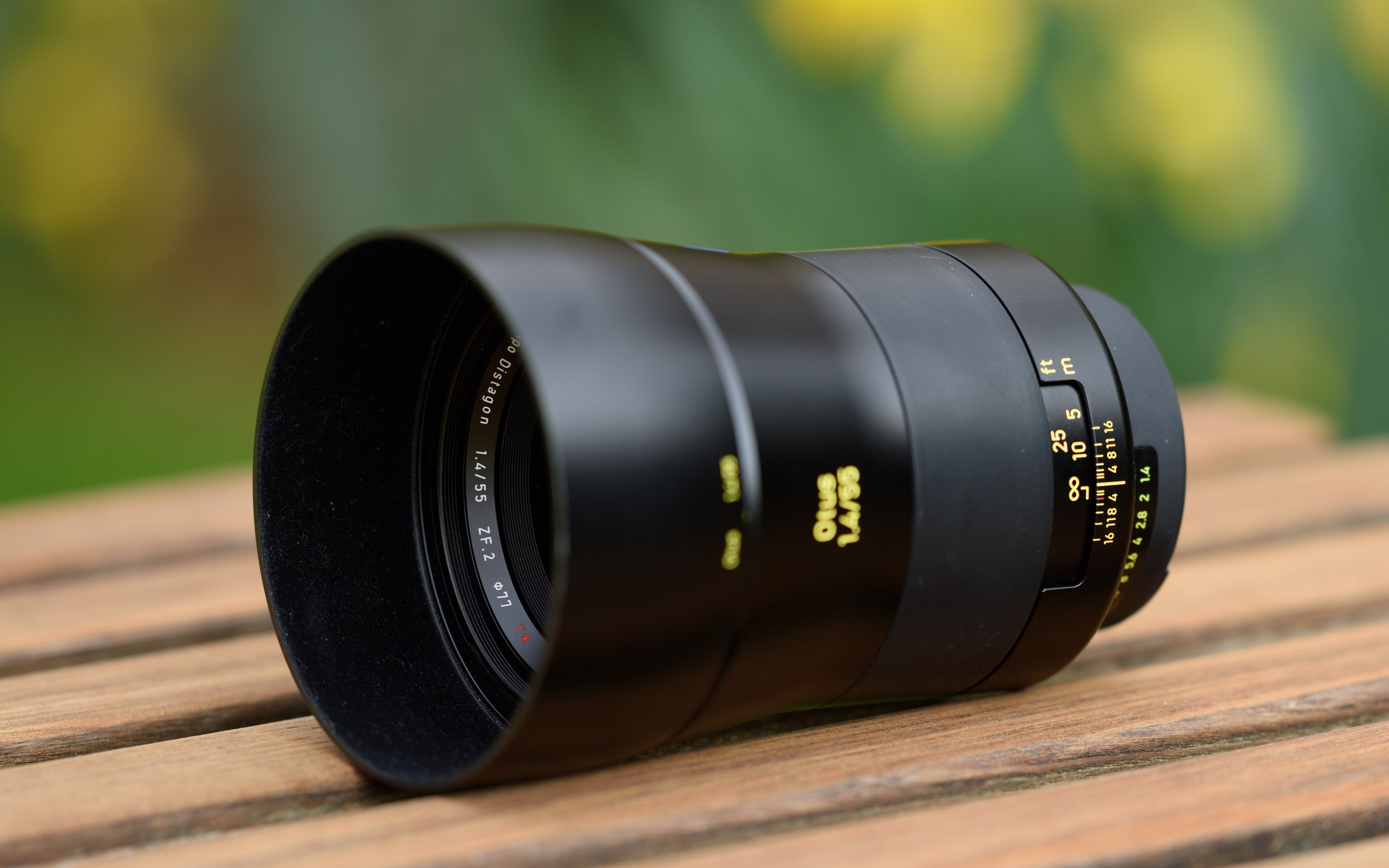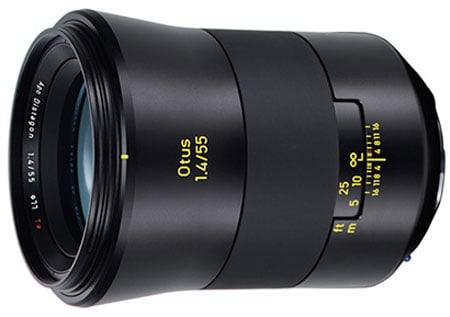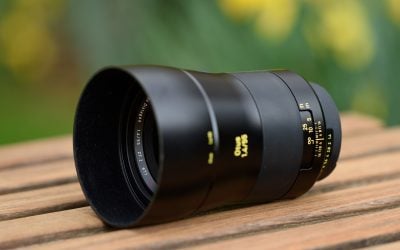
Zeiss Otus 55mm f1.4 review
-
-
Written by Thomas
Verdict
The Zeiss 55/1.4 is a very exciting lens. It delivers beautiful-looking images and superb quality across the board, even when mounted on full-frame bodies with the aperture opened to f1.4. This performance coupled with the tank-like build-quality and new design support Zeiss’ claim to have developed and manufactured the best standard lens for DSLRs. Indeed I was very impressed to see this lens easily surpass the performance of the new Nikon AF-S 58mm f/1.4G in all respects except for light fall-off.
But an eye-watering price-tag of 4000 USD / 3400 EUR means it’s not simply a case of awarding it our “Highly Recommended” rating without additional consideration and justification. And apart from the high price there are other negative aspects of this lens too. Let me go through them step-by-step:
Size/Weight: This is by far the largest and heaviest normal lens ever! Put it on a full-frame DSLR with the lens-shade mounted and you’re talking about schlepping 2 kg around with a total length of 22 cm. But to put this in perspective: Mount the Nikon AF-S 24-70/2.8G on a D800 and you get a package of similar weight that is almost 4 cm longer. So yes, the Zeiss Otus is far from unobtrusive, but all being told it is well in the range of other professional lenses that you might carry around. That said, if you’re thinking of mounting it on a Sony A7 / A7r via an adapter, you should be prepared for a very front-heavy combination.
 |
Light fall-off: This is the one point in optical performance where the Nikon AF-S 58/1.4G is clearly better. Zeiss measured light fall-off at around 1 stop in the DX-corner and 2 stops in the FX-corner. And at the time of writing there was no specific profile available in Lightroom to correct for this so you’re either to accept this vignette or do your own correction in post-processing.
Manual focus: From the beginning of my tests with this lens I thought this is the biggest let-down of this lens – and I still think it is. If you’re as good/bad as me in manually focusing you have to cope with the risk of having around 50% of your shots with less than optimal focus/sharpness. This certainly is a killer for many photographers who need to nail their shot with only one try – and fast. They should absolutely avoid this lens and look for an AF alternative, there’s no denying it. But if you work from a tripod using magnified live-view, have the chance to swap the focusing screen for one better-suited to manual focusing, or simply have the time to take a second or third shot if necessary, then you should definitely not shy away from considering this lens: its optical performance might well be worth the trouble. Plus if you mount it on a more modern body than I did, you can exploit technologies like focus peaking to further ease manual focusing.
Now you have to weigh up these negative points with the positive aspects of this lens:
Optical performance: Sharpness, contrast, resistance against contra light, coma, loCA, purple fringing, Bokeh are all on a very high to exceptional level even at f1.4. So this is really the lens that you can use wide open with little to no compromise in optical performance and in that it is a unique standard-lens. It’s hard to select one of the strong points to single out as decisive. From all these optical aspects for me personally the performance regarding longitudinal CAs combined with the outstanding sharpness/clarity are the most important. LoCA can ruin a shot with nasty magenta and green colorations that simply stick out even at less than 100% magnification. You might be able to eliminate them in post-processing but this may require quite some work and have negative effects on some of the natural colors (esp. greens) in your shot.
Build quality: “Built like a tank with a smooth finish” says it all. This lens exudes quality in every aspect of its physical presence. So optical plus mechanical quality make for a very compelling package.
Summing it all up I’d say: This is not a lens for everybody – even if you forget (if you can) the steep price. You should clearly understand what this lens can and cannot do for you before considering getting one. With regard to the price: yes, the Otus is clearly an expensive lens, but take a look at Leica’s lenses and you understand that top-notch optical performance has its price. Compared to a Leica Summilux-M 50mm 1.4 ASPH or an APO-Summicron-M 50mm 2.0 ASPH the Zeiss Otus looks fairly priced.
So all-in-all I think the Zeiss 55mm f1.4 Otus has well earned a Highly Recommended. Below I have listed the good and bad points of the Zeiss 55mm f/1.4 Otus for you.
SummaryGood points  Bad points |
If you have any question, comment or suggestion regarding the review head over to our forum here. A selection of my shots with this lens in full resolution can be found here.




